Scientific Reports volume 9, Article number: 3928 ( 2019 ) Cite this article.


Scientific Reports volume 9, Article number: 3928 ( 2019 ) Cite this article.
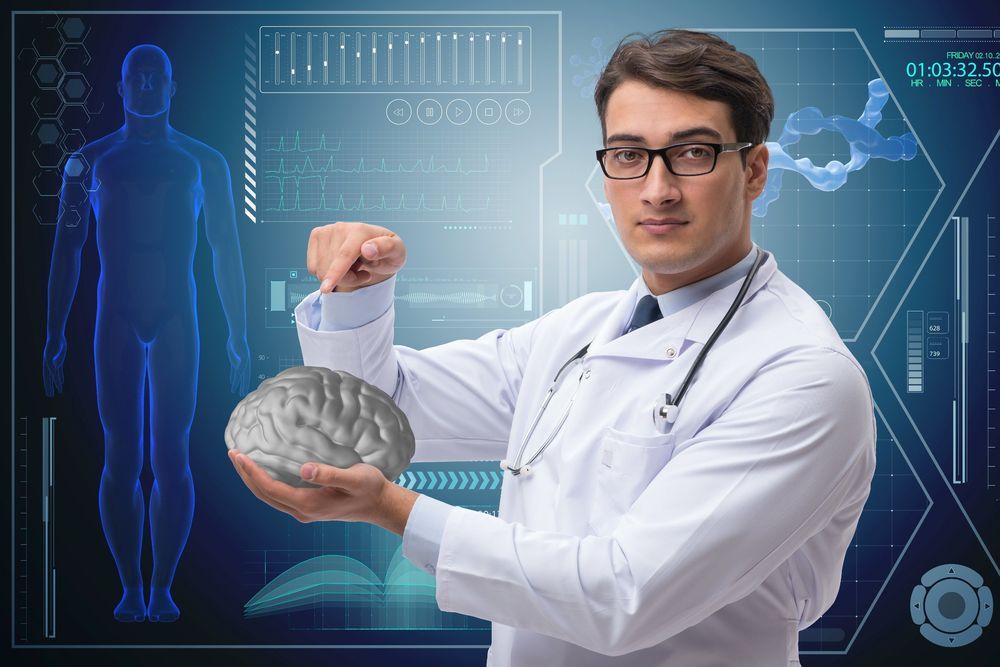
Brain Computer Interface (BCI)
Brain-computer interface (BCI) is a technology that agree to communicate between a human-brain with an external technology. The term can be referred to an interface that takes signals from the brain to an external piece of hardware that sends signals to the brain. There are different brain-computer interface technologies developed, through different methods and for diversified purposes, including in virtual reality technology.
Benefits of Brain Computer Interface
Despite BCI being in its initial stage of development, it is expected to provide several benefits to its users in various fields. Some of the major benefits of BCI are as follows:
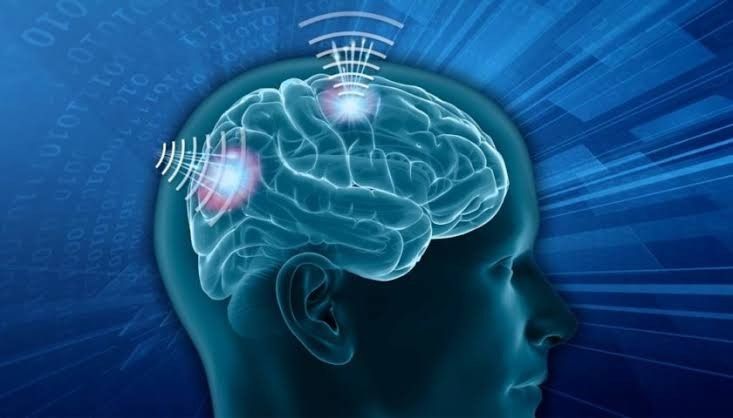
In the era of modern world, medicals advances are evident everywhere. Recently, a team of doctors, researchers and scientists have collaborated to create an electronic biosensor which can be incorporated inside a brain to measure or determine the pH, temperature, flow rates and pressure of the brain. Moreover, it dissolves when no longer needed without the need of any surgical procedure. It is widely applicable in Neuroscience field as brain trauma and injuries kill around 50,000 people per year in the USA alone. These kinds of injuries often cause the brain to swell, which constricts the flow of blood and oxygen, and can lead to permanent damage. So surgeons need reliable ways of monitoring the pressure inside their patients’ head. Earlier, sensors that existed were usually large, heavy and solid, thus had to be removed once the patient recovered. But bioresorbable wireless brain sensors are light, handy and could be easily inserted inside the brain to monitor intracranial pressure and temperature. Once the implantable device is not needed, it is absorbed by the body, eliminating the need of surgically removing the device.
Request sample PDF Brochure Here
Wireless brain sensors are devices that help monitoring the temperature, detecting the intracranial pressure, and record brain signaling in the form of brain waves. The essential aim of this wireless brain sensor is of securing the person from emergency situations. The devices are primarily used for patients experiencing conditions such as sleep disorders, traumatic brain injury, dementia, Parkinson’s disease, and other neurological conditions. These devices aid in observing and monitoring the neurological deviations and provide support for improving the cognitive functionalities. Accessibility of these sensors is easy from a remote area through wireless connectivity and be integrated with smart phones, tablets and computers, consequently be monitored intermittently from a homecare environment, making the device more cost-efficient.
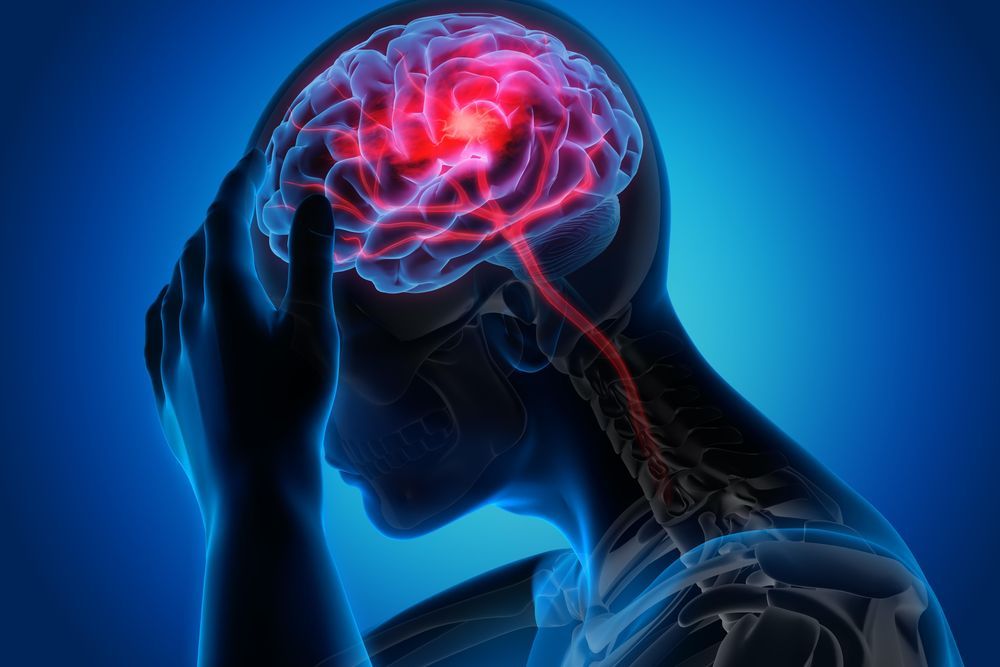
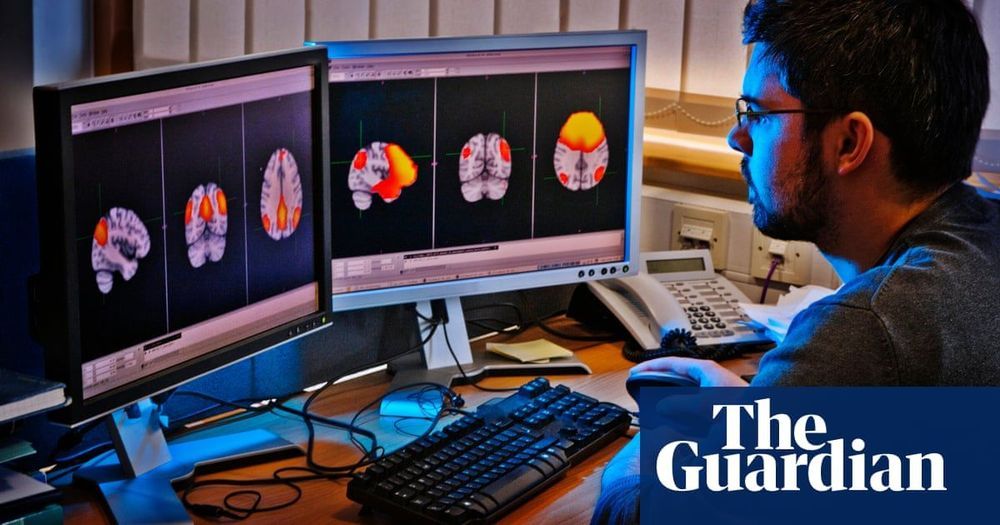
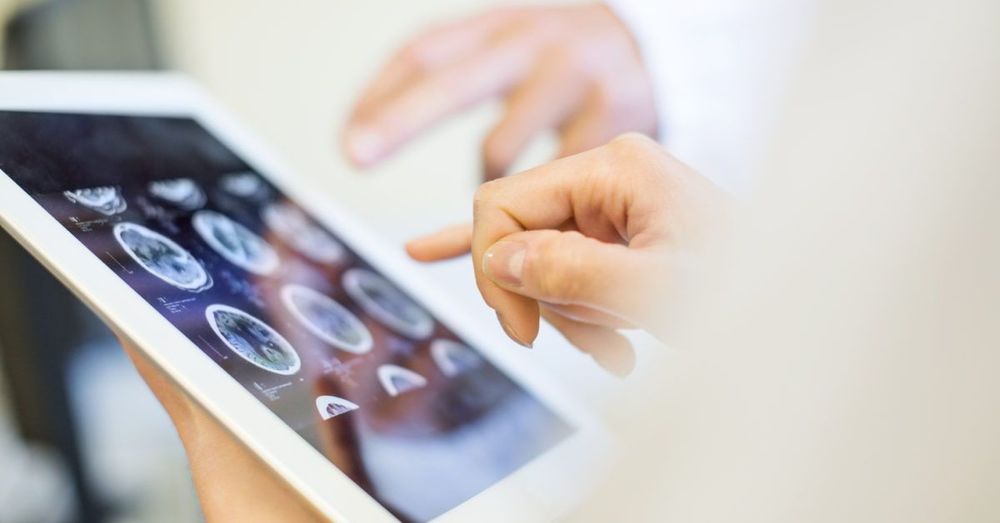
According to the first author of the study George Thomas, “It’s really promising to see measures like this, which can potentially track the varying progression of Parkinson’s disease, as it could help clinicians devise better treatment plans for people based on how their condition manifests.”
The co-author of the study, Dr. Julio Acosta-Cabronero from Tenoke Ltd. and the Wellcome Centre for Human Neuroimaging, UCL, also comments on the findings:
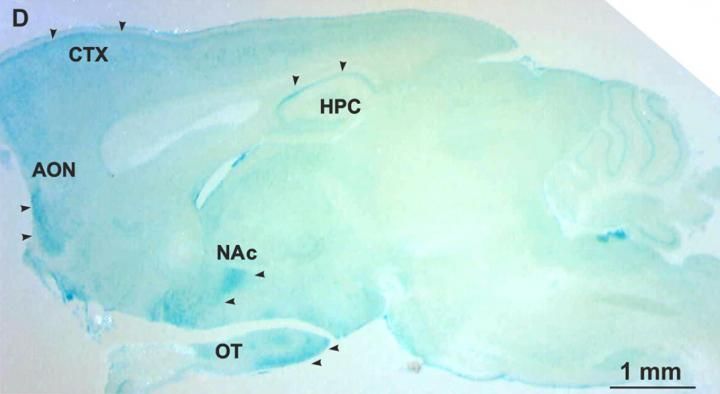


Would you want to know if you’re at risk of Alzheimer’s disease, for example?
The integration of sequencing into health care doesn’t fit very well in the model of how medicine is practiced today, but is well aligned with the future vision of health care that so many of us have — a vision that focuses upon prediction and prevention.
We imagine that personal genome sequencing could play a central role in bringing about a more personalized and participatory form of medicine — including a health care system where patients have more knowledge of their own risks and diagnoses and are empowered to act upon that information.
With that in mind, more of us are asking this question: Rather than focusing only on people with a suspected or diagnosed genetic disease, why not also use genome sequencing to help seemingly healthy people screen for all sorts of conditions, even diseases for which they have no known family history?

Music therapy can help improve brain and motor function in stroke patients, scientists say.
A new study has found taking part in music sessions can boost mood and improve concentration in patients recovering from stroke. Those participating in the two-year sessions alongside existing stroke rehabilitation treatment also reported physical benefits such as better arm function and gait.
Based on their trials, the researchers are preparing a proposal for an NHS-funded permanent music therapy sessions post on the stroke ward at the Addenbrooke’s hospital in Cambridge, where the study was conducted.